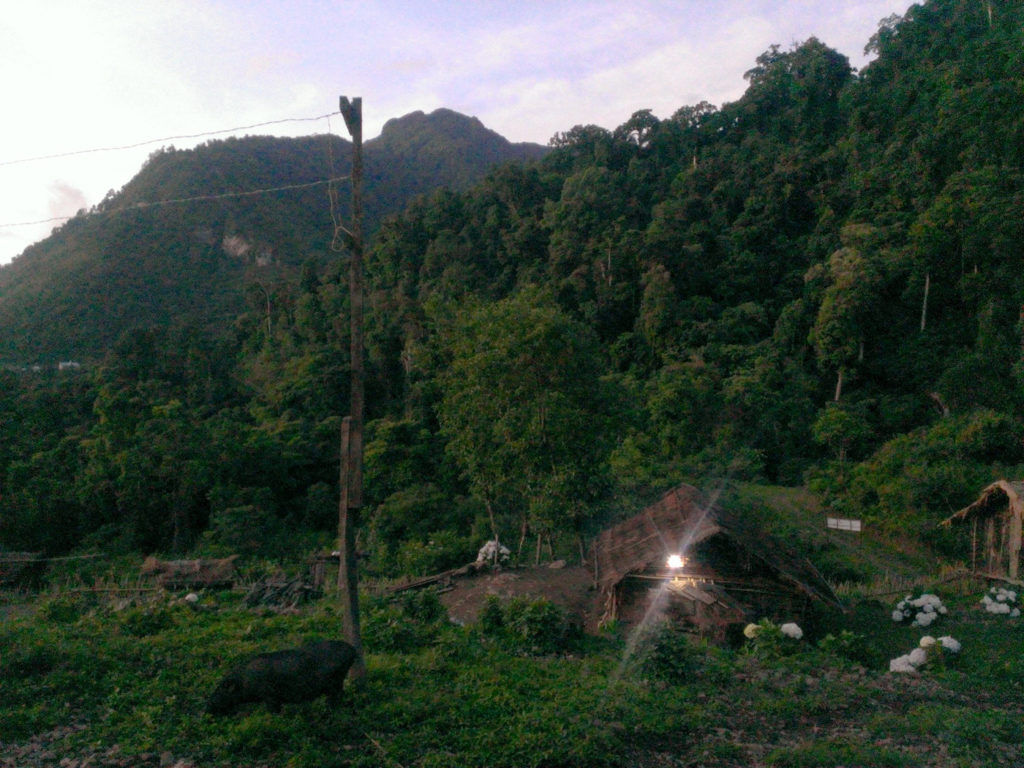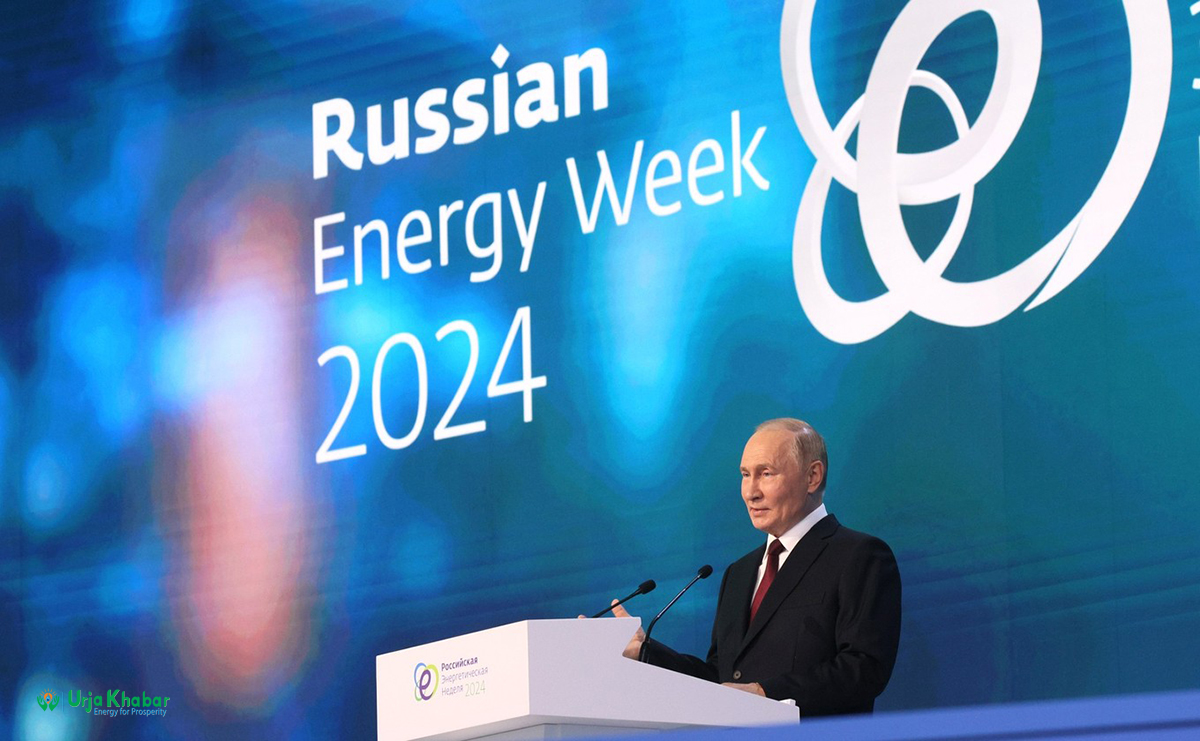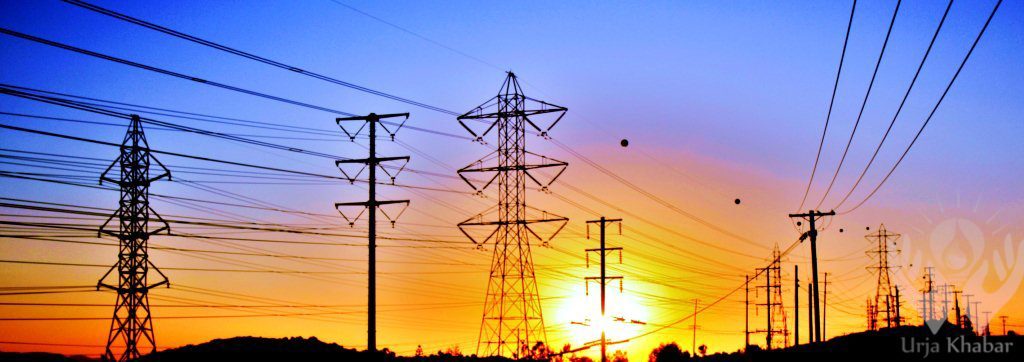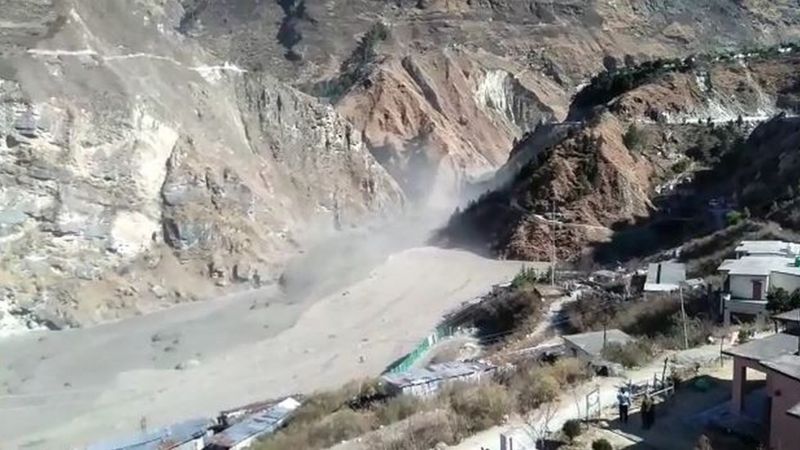Energy Update
Water-powered generators bring electricity to Nagaland

Longso Khupong is studying towards a degree in education at Kohima, the capital city of Nagaland. When the city was locked down last year to control the spread of Covid-19 he had to return home to Kinjung, a remote village in Tuensang district, near the India-Myanmar border.
Only a few years ago, the lack of electricity would have made remote learning impossible. But, Khupong says, thanks to the installation of a small water-powered generator, he was able to continue his studies.

Historically, much of India’s mountainous northeastern state of Nagaland has not been connected to the grid. In 2017, only 55% of Nagaland’s 276,726 rural households were electrified, according to a 2019 report by Deendayal Upadhyaya Gram Jyoti Yojana, the Indian government’s rural electrification scheme. Now all are, at least according to government calculations. These do not necessarily mean that every house is electrified, only household, nor do they measure how much electricity each household is able to access.
In places like Kinjung, children traditionally help in the fields after school. They would come home after dark and try to study by the dull glow of burning pine cones. In 2010 a hydroger was set up, according to M Mongtsoa, a pastor at Kinjung church. The provision of electricity in Nagaland makes a huge difference to children being able to study – and to the whole economy of rural villages.

In 2007, the Nagaland government set up Nagaland Empowerment of People through Energy Development (NEPeD) to oversee the electrification of rural areas. Through this, it aimed to improve livelihoods and increase opportunities.
“When we started in the early 2000s most of Nagaland’s villages didn’t get electricity from the grid,” Takum Chang, one of NEPeD’s founding members, tells The Third Pole.
As Nagaland has many streams, the team decided to explore how to generate hydropower from them.
Initially NEPeD installed machines called picogenerators in 2007 imported from China. These small hydroelectric generators use gravity: water from streams runs downhill and rotates a turbine. This is the same principle as the water mills used before the Industrial Revolution.
However, the picogenerators’ frequent upkeep, difficulty in procuring spare parts and import cost rendered them unviable.
This spurred NEPeD to develop its own generators. It calls these “hydrogers”: combining hydro, for hydroelectric power, and generator. This was a continuous process of designing and testing that took more than a year, said Yanger Imchen.
“For three years, I used the Chinese-made generators which were not so good, but the new hydroger is very good,” says Datui Zeliang, who has installed one at his farm in Poilwa village, Peren district.
So far NEPeD has manufactured around 150 of the new machines, two-thirds of which are used in Nagaland and one-third in neighbouring states. It makes them in collaboration with Nagaland Tool Room and Training Centre, a registered society comprised of government employees and private individuals, in the city of Dimapur. In addition to bringing import costs down, local manufacturing makes carrying out repairs to the generators easier.
Imnayanger Imchen, NEPeD’s project coordinator, explains that the organisation first identifies a potential area where water flows downstream purely due to the forces of gravity. The machine is then transported from Dimapur and set up between a village and the river. Pipes and canals are used to divert water from the river to the generator. After it has run through the generator the water is discharged and flows back downhill to rejoin the river – or is used by farmers.
Each house has two-three LED bulbs and a similar number of charging ports, where residents can charge their phones and other devices. Some villages also have hydroger-powered street lamps.
The local village committee, which includes women, decides how much electricity people can use.
Local engineers trained by NEPeD carry out maintenance and minor repair of the machines – which has created new jobs.
As an agricultural community, residents of Kinjung work in fields far from their houses. Previously, they would have to come home before nightfall to get household work done. Electric light means they can spend more time in the fields – and more productively.
In Longkung village, Mokokchung district, Toshi Longkuner uses electricity generated by a hydroger to light his farm and power other equipment. “Electricity has helped me do more work and hence employ more people,” Longkuner tells The Third Pole.
Another farmer, Datui Zeliang, from Peren district, has plantations of orange, banana and oak, and farms fish. He uses light traps to attract pests away from fruit trees, sort produce after dark, and uses water from the hydroger to irrigate his crops and top up fish ponds.
Once home, villagers can undertake additional activities at night that boost their incomes.
“Villagers now sort their vegetable produce at home at night,” says NEPeD’s Takum Chang. “Many of them have started weaving baskets.”
M Mongtsoa says that villagers have also started knitting at night. And having electricity means carpenters can use power tools, so they can work faster and more efficiently.
The streams in Nagaland are perennial and support year-round power generation. However, springs and streams are drying up across the state – highlighted by this year’s dry monsoon. Toshi Longkuner says that power generation on his farm falls during winter, when there is little rain.
As well as droughts, the erratic weather caused by climate change is bringing more flooding to some regions of Nagaland. “We factor in local knowledge during installation, and divert water away from the stream by a small weir,” says Imchen. “In case of a flash flood, the installation is safe and the weir can be repaired if damaged.”
Punit Singh, assistant professor at the Indian Institute of Science, says hydrogers are preferable to large-scale hydropower projects. This is because they have a minimal impact on the environment compared with dams. “Challenges in decentralisation and higher number of hydrogers apart, we should prefer small, while understanding local conditions and nature’s hydrology cycle,” Singh tells The Third Pole.
Himanshu Thakkar, coordinator of South Asia Network on Dams, Rivers and People, a research and advocacy group, says that hydrogers’ impact is confined to a small area. In terms of aquatic life, he notes, “there may not be significant aquatic biodiversity in streams of hilly regions”, but adds that there needs to be further study on any potential impact.
Thakkar cautioned that diverting streams involves earthwork and needs to be done appropriately. “It may impact the downstream people, besides the recharge and hydrogeology.”
“Microscopic impact on ecology will be there. But people-driven and empowering technologies help preserve fragile ecosystems,” says Singh.
In addition to the fact that hydrogers bypass the need for polluting fossil fuel-powered generators, use of the machines has other environmental benefits. The villagers no longer need to burn wood to provide light at night, allowing the forests to recover. Mongtsoa, the village pastor, says that villagers now act to ensure there is tree cover and proper drainage to keep the streams flowing. This helps to recharge the springshed and improve the area’s resilience.
NEPeD also organises workshops and has ongoing conversations with communities about conservation. It educates people about the relationship between trees, rainfall and the water cycle.
NEPeD has also installed 49 hydrogers in neighbouring states, including Sikkim, Meghalaya, Manipur and Arunachal Pradesh.
In the neighbouring state of Meghalaya, Donbok Buam manages Paradise Adventure Tours and Krang Shuri Adventure Tours. Lodging and food are provided on site – lit by electricity from hydrogers.
Electrification has helped Buam arrange more activities for tourists, increased his turnover and meant employment opportunities for villagers.
To date, the cost per hydroger before tax has been 160,000 Indian rupees (about USD 2,170). In most cases, especially remote Nagaland communities, NEPeD provides the generators for free. Private individuals or organisations, such as Buam’s tourist resorts pay for the machines.
While officially Nagaland is now electrified, Imchen told The Third Pole that the scheme is likely to continue. Requests for hydrogers are still being made, as rural communities seek to increase electricity capacity.
The Third Pole
Conversation
- Info. Dept. Reg. No. : 254/073/74
- Telephone : +977-1-5321303
- Email : [email protected]













